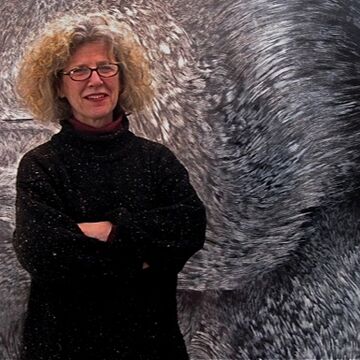

Olivia Petrides
Associate Professor, Adjunct
Contact
Bio
Olivia Petrides, is a painter, illustrator, and Adjunct Associate Professor at the School of the Art Institute of Chicago since 1985 and where she earned a Marion Kryzcka Excellence in Teaching Award in 2022. She received a Pollock-Krasner Foundation Grant in 2021; Illinois Arts Council Projects Grants in 2023, 2020, 2014, 2007; and the Margaret Klimek Phillips Fellowship in 2003. Petrides was awarded a Fulbright Grant to Iceland and an Artist Residency at the Reykjavik Municipal Art Museum in 1993. She revisited Iceland in 1994 on an American-Scandinavian Foundation Award. On Faculty Grants awarded in 1995 and 1998, Petrides returned to the subarctic North Atlantic, where she had residencies with the Faroe Islands Museum of Natural History. In 1999, she returned to Iceland. In 2001, with the support of the American-Scandinavian Foundation and a Faculty Grant, she traveled to Greenland. Petrides has been awarded other residency fellowships at the Virginia Center for the Creative Arts; Vermont Studio Center; the Roger Brown Studio; Yellowstone National Park and many residencies at the Ragdale Foundation. She has illustrated two volumes in the Peterson Field Guide Series, published by Houghton Mifflin Company and Princeton University Press, and four field manuals issued by Explorer Press and Stackpole Press. Her work is in the collections of the Smithsonian Institution, Washington, DC; US National Park Service, Wyoming; Hafnarborg Institute of Art, Iceland; the Illinois State Museum; the Field Museum, Chicago; the Brauer Museum, Indiana; and the Openlands Organization, among others.